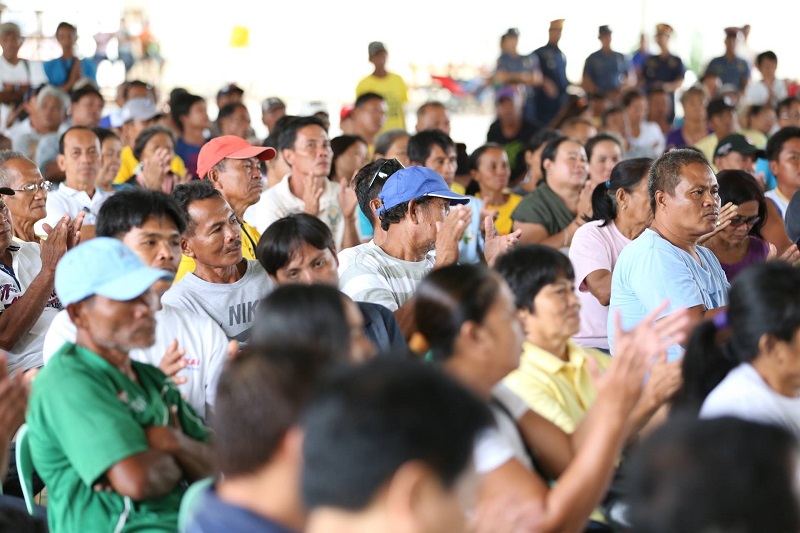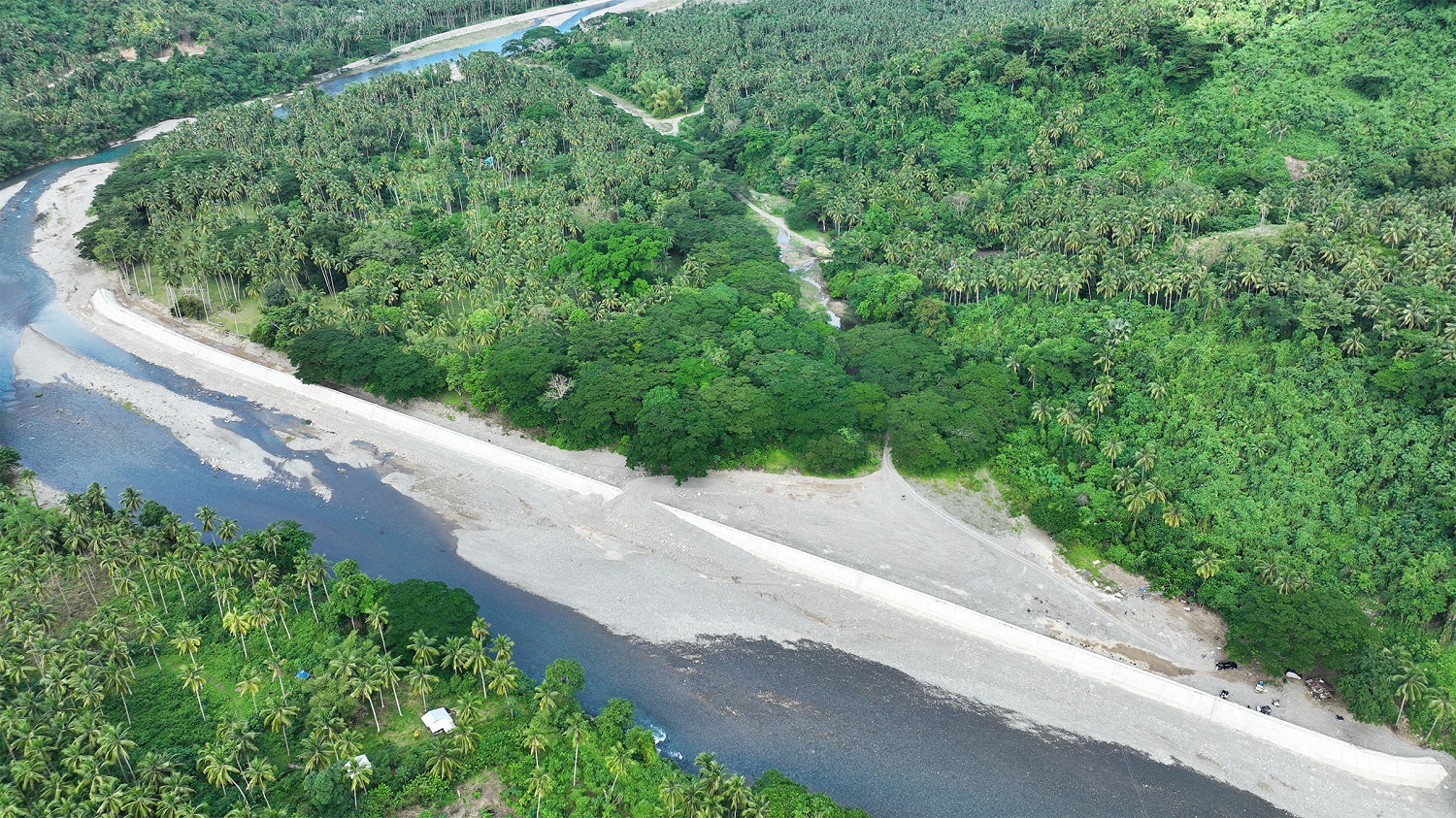BOAC, Marinduque – This island-province, once known as the Copper Capital of the country and home to the colourful Moriones festival, suffered severely from the devastation of Christmas Day Typhoon Nina with about 21,000 hectares of its agricultural crops destroyed or damaged.
Isolated because of the absence of a direct plane flight from Manila and away from the attention of the national media, not very many people knew of the extent of the devastation in the province.
In fact, I only learned of the sad state of the province through comments made by the followers of this Facebook page in posts about President Rody Duterte’s visit to Catanduanes and Camarines Sur on Dec. 27.
On Wednesday, I decided to make a quick trip to Marinduque passing by Lucena City along the way.
The plan was for me to take an Air Force helicopter from Lucena City and fly to the capital town of Boac in Marinduque to meet with local officials and farmers and fishermen who suffered from the typhoon.
I decided to abandon the helicopter ride after the weather forecast gathered by the Philippine Air Force showed that the skies would be dark and there was a 60% probability of rain.
The team of the Department of Agriculture which included two Undersecretaries – Ariel Cayanan for Operations and Eduardo Gongona for Fisheries – the General Manager of the Philippine Fishports Development Authority (PFDA), Glen Pangapalan, Joyce Badiola of the Agricultural Credit and Policy Council, representatives of the Philippine Crop Insurance Corp. (PCIC) and the support staff took MCS-3010, one of the two vessels owned by the DA-BFAR for a 2.5-hour ride in rough waters to reach Boac.
Scenes of devastation met us as we landed in the beautiful port of Balanacan in Mogpog town.
All the way to Boac, I saw the proofs of the intensity of the typhoon.
Banana farms were totally damaged, coconuts were topped by the strong winds and even the sturdy trees were without leaves.
But I was surprised by the resilience of the people of Marinduque.

When the DA team arrived at the Boac gymnasium where the farmers and fishermen were gathered, women in Filipiniana dress danced and performed the traditional “Pagpuputong” where they offer crowns made of flowers to visitors.
I felt so very uncomfortable with the ceremonies but I did not want to offend the local people so I allowed the ceremonies to continue before I started the consultation.
It was then when the people of Marinduque realized that the DA team was not there for ceremonies but to extend help immediately.
That was when I started to see people clapping their hands and crying.
“The people here are shocked by the quick interventions of the DA. They are not used to this,” one woman told Bong Piñol, my brother who is also my head executive assistant.
At the end of the consultations, the BFAR turned over 50 fishing boat engines, fishing nets and fishing lines to fishermen who were affected by the typhoon.
The DA regional office under Director Cipriano Santiago also turned over certificates for rice seeds good for 1,000 hectares, 30,000 coffee seedlings, 63,000 cacao seedlings, 55 heads of dairy goats, veterinary medicines for their farm animals and vegetable seeds.
To rehabilitate the Lacatan banana industry of the province, I committed an initial funding of P10-M to be used in the establishment of a provincial nursery so that farmers will have available planting materials.
Requests for a P200-million farm to market road in Boac, farm tractor, rice thresher and corn mill were also approved. These will be delivered as soon as the government processes for the release of the assistance are completed.
It was my first visit to Marinduque but I promised the people that it would not be my last.
In fact, I told the people of Marinduque that even if the political leadership of the province prevented then Presidential Candidate Rody Duterte from campaigning in the area before the elections, the President has instructed me to reach out and help people in all areas affected by the typhoon.
I asked the people of Marinduque to remember January 4, 2017 as the dawning of a new day for a province which is almost forgotten and neglected by the national government.
That was when I saw women in the crowd cry.
The DA team left at almost 4 p.m. reaching Lucena City shortly after 6 p.m. a shorter travel time because the sea was calm even when it was raining.


